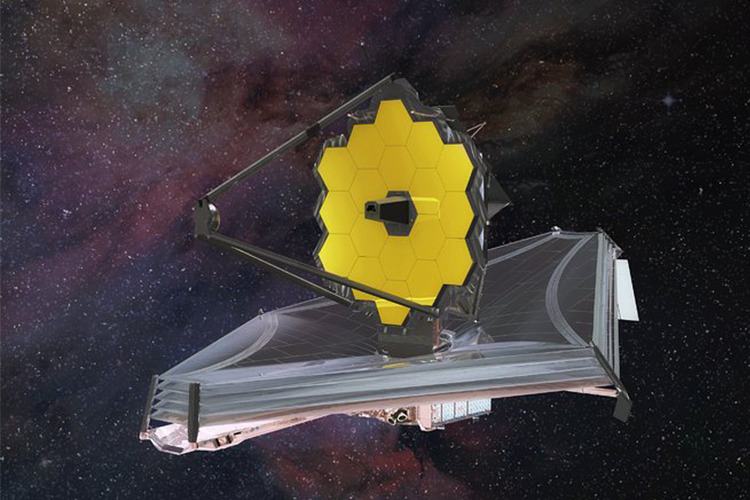
James Webb reaches new heights, managing to change how we look at the universe in less than a year in space. photo by Northrop Grumman
As 2023 draws closer, humanity is exploring deeper into the universe than ever before. For science, the question still remains: what’s out there? James Webb may provide the answers.
Recently, NASA’s beloved James Webb telescope has managed to capture images of two of the oldest galaxies ever seen by scientists, including one that is believed to have formed only 350 million years after the Big Bang. This may seem like a long time to us, but in space time, that’s a mere fraction of such. If these results are verified, this will beat the long standing record of the earliest galaxy found by the Hubble telescope, which supposedly formed 400 million years after the Big Bang.
It’s 2022, and humanity has come a long way with space exploration. It’s hard to believe that nearly 30,000 years ago, early humans painted astronomical observations on the walls of caves, and today over 600 people have traveled to space. The James Webb telescope’s recent discoveries are a thrill for astronomers and space enthusiasts alike – everyday we find ourselves closer to the stars, further and further into the universe.
Tommaso Treu, a principal investigator on one of the Webb programs at UCLA, expressed his excitement over the recent discoveries. “Everything we see is new. Webb is showing us that there’s a very rich universe beyond what we imagined. Once again the universe has surprised us. These early galaxies are very unusual in many ways.”
These galaxies open several new questions, including one that has rested on the shoulders of scientists for years: how limited is our understanding of the early days of our universe? With not much information about the universe’s dark ages, a majority of our intel about how everything came to be is based on educated guesses from data that we’ve been provided with. Old, long dead stars can only give us so much information before we’re left speculating. Scientists hope that now, with these galaxies, we may have a ticket to brand new knowledge.
It’s believed that the images of the galaxies were just barely out of Hubble’s scope. But because of James Webb’s ability to capture much sharper images in infrared light, the galaxies, which seemed to have been lying in wait, were revealed.
Astronomers emphasized how bright these two galaxies appear. Why exactly, we aren’t completely sure, but scientists believe that the most likely explanation is that they could be tiny galaxies as compared to our more modern, massive ones. They would be filled with extremely bright stars that are known as Population III stars. If this is the case, that means that these could contain some of the earliest stars ever born to the universe.
Population III stars are essentially bright, blazing primordial balls of mass that are made up of helium and hydrogen from the beginnings of the universe. They were forged much earlier than stars were capable of forming heavier elements. Scientists believe that due to the colors coming from the galaxies, they may be particularly devoid of such heavier elements. From this, we are able to deduce that it’s very likely that they host at least some Population III stars, explaining why exactly they’re so bright.
The discovery of these galaxies may seem like a small step, but they carry us further into the universe every day as astronomers work tirelessly to unravel their secrets. As 2023 approaches, this serves as a step in the right direction, no matter how small. Now, it’s time to look forward to seeing what knowledge James Webb offers us in the new year.